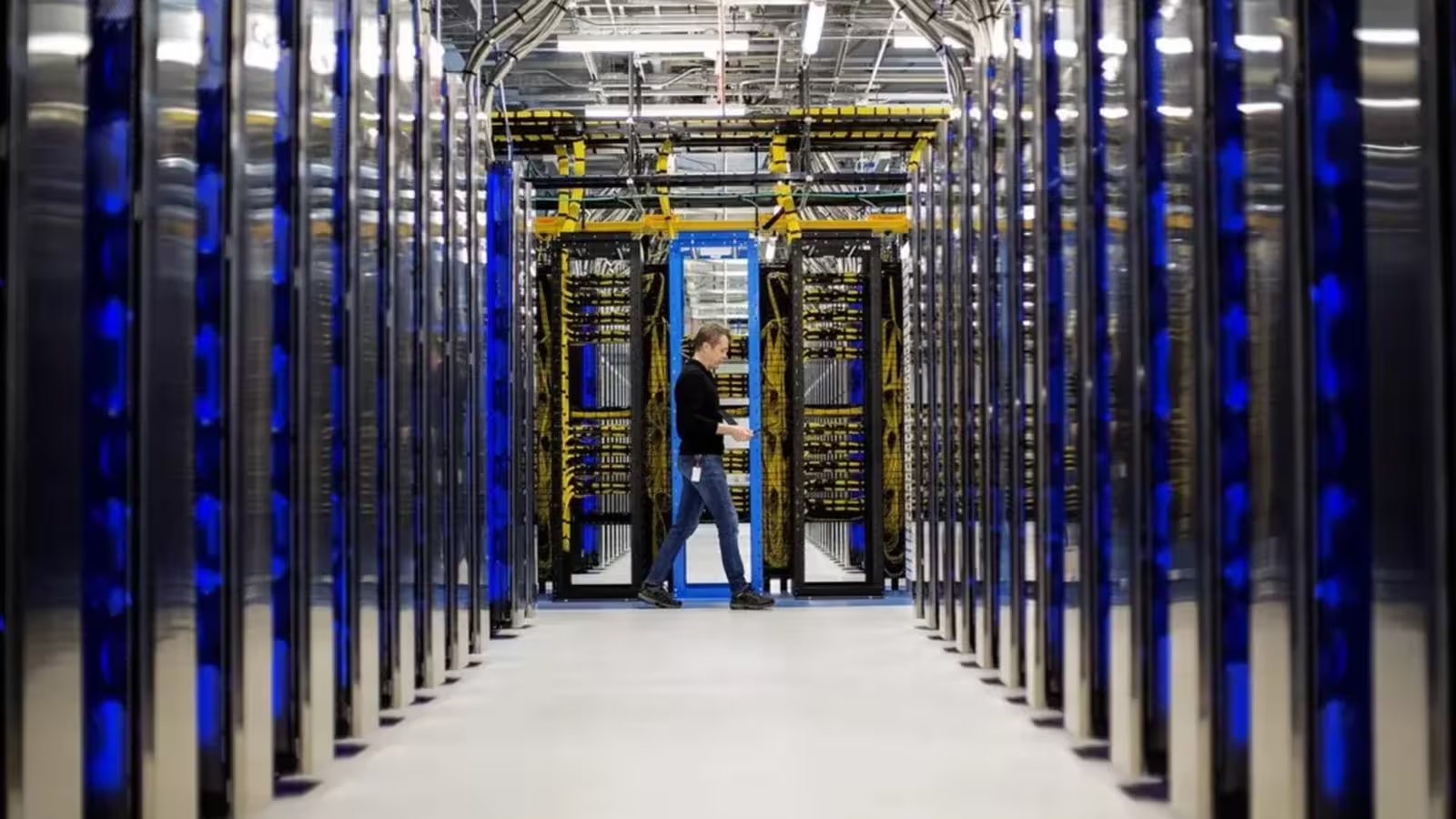3 Minutes
AI's Rapid Expansion Creates a New Energy Challenge
The explosive growth of artificial intelligence technologies is triggering a wave of unprecedented energy demand, raising alarms for both the tech industry and global infrastructure planners. Recent analyses reveal that the electricity consumption of AI data centers may soon surpass not only that of Bitcoin mining operations but also the energy usage of entire countries.
Groundbreaking Study Illuminates the Scale
A new peer-reviewed study published in the journal Joule by Alex de Vries-Gao, a PhD researcher at Vrije University Amsterdam’s Institute of Environmental Studies, offers a comprehensive assessment of this trend. Using a triangulation approach, de Vries-Gao estimated global AI power requirements based on technical specifications, market data, and supply chain analysis involving key industry players like TSMC, NVIDIA, and AMD.
Data Center Technologies Drive Energy Surge
Currently, each state-of-the-art NVIDIA H100 AI chip—a central component in modern AI infrastructure—consumes approximately 700 watts during sustained use for complex deep learning models. With millions of these chips deployed worldwide to fuel the ongoing AI revolution, cumulative power consumption is surging at a staggering rate.
Estimates suggest that AI hardware manufactured between 2023 and 2024 may require between 5.3 and 9.4 gigawatts of electricity. To put this in context, that demand already eclipses the total national power usage of Ireland, underscoring just how significant the AI sector's impact on global energy grids has become.
Comparing AI and Bitcoin Mining Energy Needs
While Bitcoin mining has long been criticized for its massive energy footprint, AI data centers are now on track to consume even more electricity. As tech giants rarely disclose the full extent of their AI operations' energy use, researchers rely on indirect supply chain data and industry forecasts to build accurate estimates.
Technological Innovations and Market Pressures
At the heart of this surge is TSMC’s CoWoS (Chip-on-Wafer-on-Substrate) packaging technology, enabling the integration of ultra-powerful processors and high-speed memory within single, unified modules. These advances are pivotal for supporting next-generation AI workloads, but they also escalate aggregate energy demand.
De Vries-Gao notes that TSMC more than doubled its CoWoS production capability between 2023 and 2024, yet demand from major chip makers like NVIDIA and AMD continues to outstrip supply. By 2025, TSMC is expected to double its CoWoS output again to meet ballooning market needs.
Future Projections: National-Scale Power Consumption
If current trends persist, the total electricity required to power global AI systems could reach a staggering 23 gigawatts by the end of this year—approaching the average power consumption of the entire United Kingdom. For companies building next-generation AI platforms and for nations striving to stabilize their energy grids, accommodating the rising tide of AI energy demands will be an unavoidable priority.
As artificial intelligence continues to reshape industries and enable breakthrough innovations, its rapidly growing appetite for power signals the start of a new chapter in the relationship between digital infrastructure and sustainable energy management.
Source: techspot



Comments